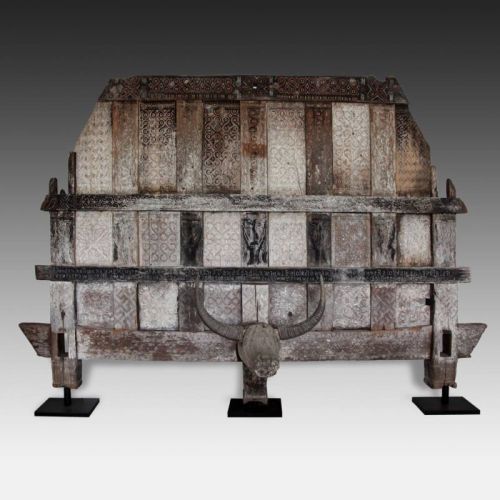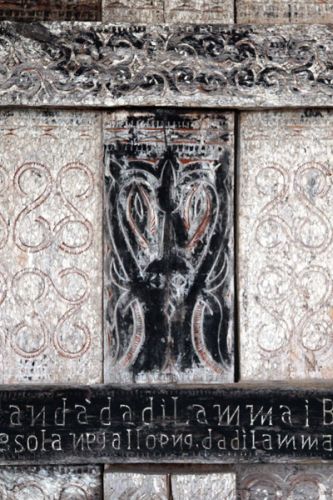Endangered Architecture – Toraja Tongkonan
PRIMITIVE - Friday, June 16, 2017By Glen Joffe
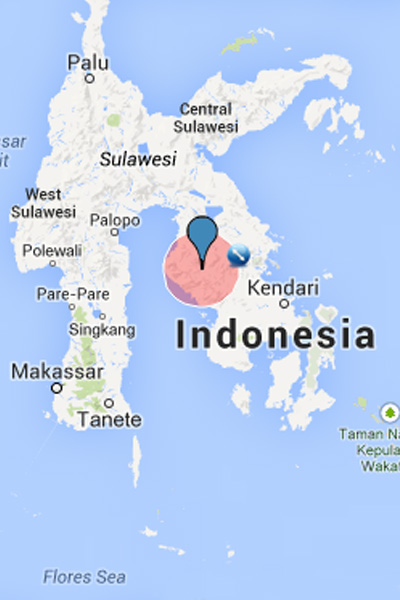 |
|
The Toraja are a tribal ethnic group living in the highlands of South Sulawesi, Indonesia. The area they inhabit is known as Tana Toraja, which translates as “Land of the Toraja.” Prior to the 20th century, most of the Toraja people inhabited independent villages. The vast majority practiced animism, the belief in individual spirits inhabiting natural objects and phenomena. In effect, they were untouched by the outside world, adhering to a belief system that remained intact for centuries.
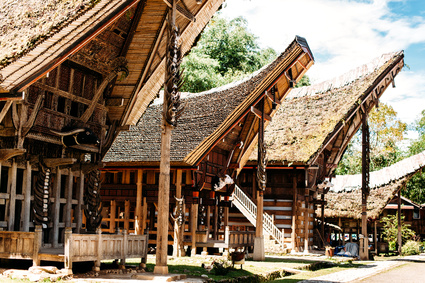 |
|
As early as the 17th century the Dutch colonized the area inhabited by the Toraja people. In the early 1900s, Dutch missionaries focused their efforts to convert the Toraja people to Christianity. By the time the Tana Toraja regency was established in 1946, one year after Indonesian Independence, very few Toraja people still practiced their ancient beliefs. The Indonesian government actually had a name for these beliefs, which they called Aluk To Dolo, meaning “way of the ancestors.” As it stands today, most Toraja are Christian and some are Muslim. The few who still cling to Aluk To Dolo remain animist, and in the context of their spiritual beliefs place a heavy emphasis on ancestor worship. Ancestor worship, family lineage and the complete nexus of kinship relate directly to the peaked roof traditional houses of the Toraja known as Tongkonan. In essence, Tongkonan are the ancestral houses of the Toraja.
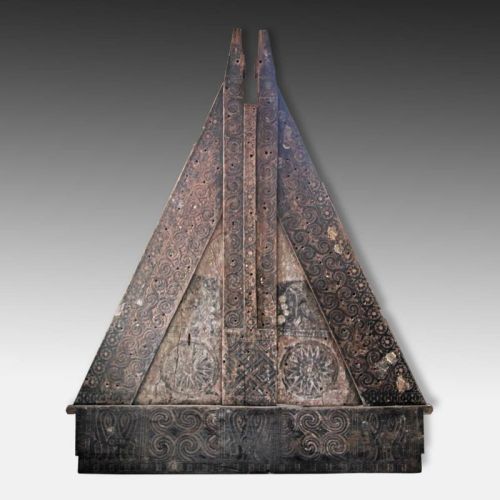 |
|
The word “tongkonan” comes from the Toraja word tongkan, meaning “to sit.” This word can also mean the site where family members gather. The Tongkonan is more than a simple structure. It is the center of Toraja social and spiritual life - the focus of ritual life - and the symbol of family identity and tradition, representing all the descendants of a founding ancestor or family lineage. The Tongkonan itself represents all the connections within the web of kinship of a Toraja family. Torajans may have difficulty defining their exact relationship to distant relatives, but can always name the houses of parents, grandparents and sometimes distant ancestors. Descent among the Toraja is traced through both the male and female lines. Therefore, people could traditionally belong to more than one Tongkonan. Membership of these houses only required the kinsman's active participation at times of ceremony.
The traditional Toraja language is only spoken. For all practical purposes, no formal writing system exists. To express traditional social and religious concepts the Toraja people carve wood, calling it Pa’ssura, which means “the writing.” The Toraja people are famous for their wood carving and especially renowned for burial sites carved into rocky cliffs as well as Tongkonan. Tongkonan are composed of numerous architectural details: posts, beams, wall panels, and gables; and the flat surfaces of these details are usually heavily ornamented and carved with Pa‘ssura.
Tongkonan stand high on wooden stilts and piles, topped with a layered split bamboo roof shaped in a sweeping curved arc. They are typically incised with detailed Pa’ssura in the form painted wood relief carvings commonly colored red, black and yellow. Pa’ssura emphasizes regularity and order with geometry usually playing a central role. The carvings found on Tongkonan are usually exceptionally well balanced so the stories they tell will be easy to assimilate for those who understand the meanings they convey. Torajan carving has actually been studied by the obscure science of ethno mathematics.
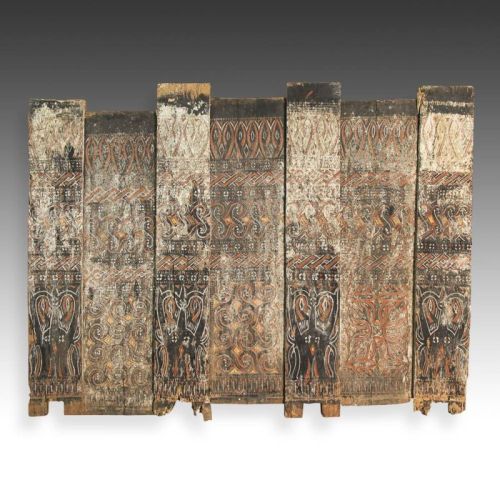 |
|
There are numerous motifs ranging from figurative to abstract. These motifs relate to traditional Toraja beliefs and concepts. Animals and plants are common as well as a number of repetitive patterns. For example, the Buffalo motif relates to wealth measured by how many buffalo a family may acquire. Buffalo horns may appear to ward off evil. A circle pattern frequently relates to the sun and its rays, a wish for all the necessary ingredients to produce sustenance. The Toraja traditionally were rice farmers. A linear pattern in the form of a knot may indicate the importance of the ancestors and how all families are tied together. Some scholars have interpreted it as symbolic of a basket used to collect all the valuables of the house and family. In this way, the Tongkonan itself represents the basket used to hold family valuables; the most valuable, arguably, the connections shared by the family members themselves. There are multiple linear geometric motifs. Many have been interpreted as references to the “Upper World,” a reference to one traditional Toraja spiritual belief in a division of the world at large. The cock or rooster is a symbol of daybreak or the unfolding of life-giving properties. The list goes on and on. Taken together, the carvings constitute a unique symbolic language connecting the informed viewer to the traditional Toraja way of life and “cosmic view.” The Tongkonan pieces in PRIMITIVE’s collection of architectural details are all antique and display traditional motifs.
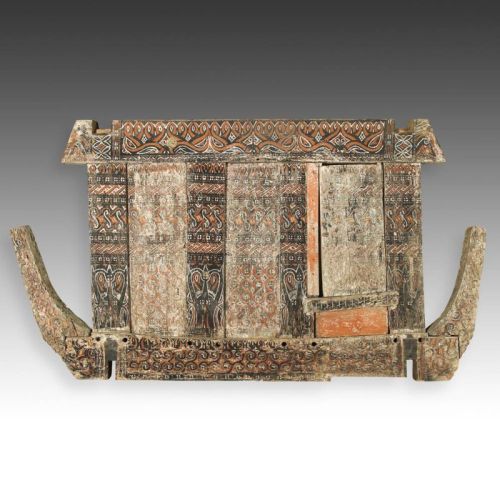 |
|
In the universe there is no refuge from change and the Toraja people themselves as an ethnic group are no exception to this rule. Subject to the increasing pressures of modernization and the abandonment of their old belief systems, many Toraja have left their villages for cities and abandoned their traditional beliefs. The result is very few authentic Tongkonan still exist and pieces from original structures have become highly collectible for their artistic and cultural value. As a result, one might consider authentic Tongkonan to be architecturally endangered.
